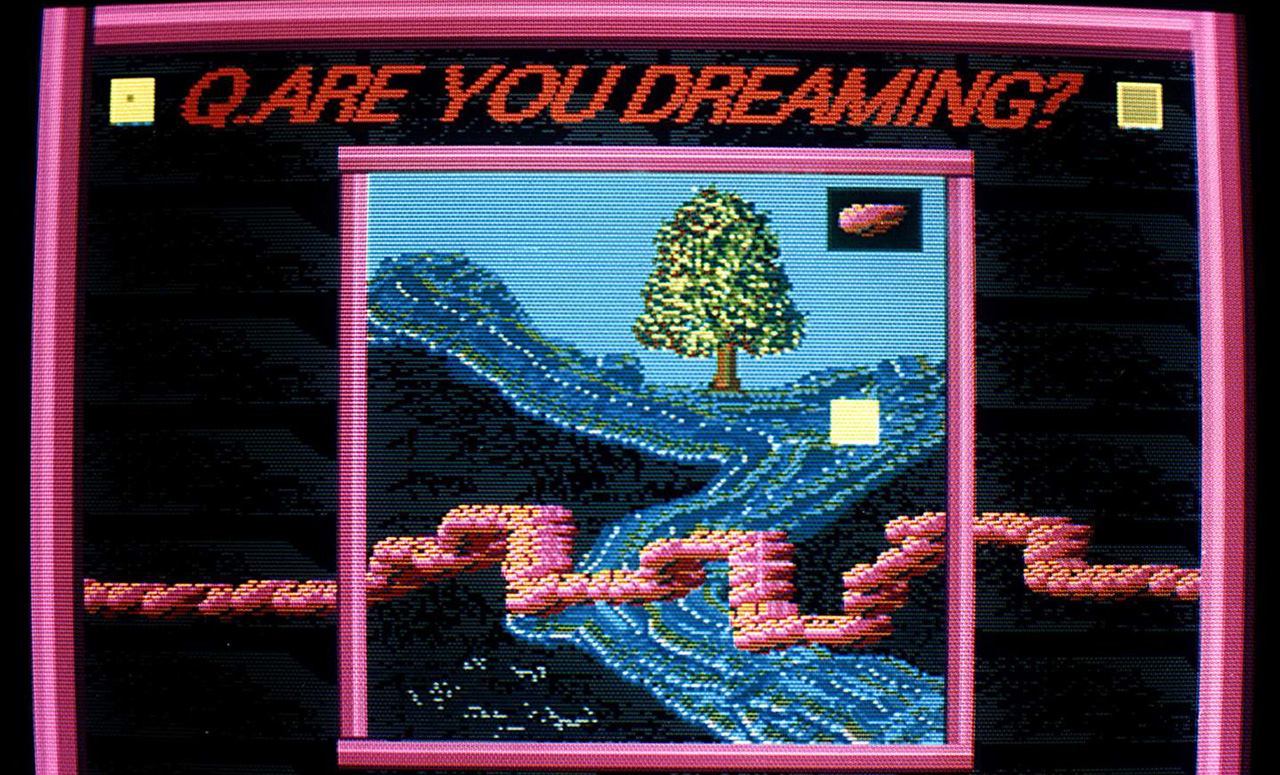Electric Dreams: Art and Technology Before the Internet at the Tate Modern

Biology might have long claimed the title of the most artistic science, but physics and computing make a strong case in Electric Dreams, now at Tate Modern. This engrossing exhibition revisits the early pioneers of electronic art, from the 1950s to the dawn of the internet, revealing how artists embraced mathematics, light, sound and code to forge new creative frontiers.
The show is anchored by a fascinating premise: that technology, often perceived as cold and corporate, was once a playground for collaborative, utopian creativity. Its loosely chronological structure follows the evolution of electronic art, from the room-sized computers of the mid-20th century to the desktop revolution of the 1990s. 15 rooms chart the ambitions of artists who reclaimed the tools of technological progress from the grip of industry and the military, steering them towards aesthetic and social purposes.
The fifth space, dedicated to the late Katsuhiro Yamaguchi, reconstructs his earliest video work, Image Modulator (1969), in a scaled-down form that doesn’t take away from the larger-than-life mid-century optimism surrounding the possibilities of interdisciplinary creation. This kinetic interplay of light, mechanics, optics and abstract patterns drawn from mass media images serves as a testament to Yamaguchi’s collaborative relationships with engineers and scientists, as well as his enduring legacy on cybernetics – a field that reimagined art as a communication system between creator and audience.
However, not all of the electric dreams are so optimistic. Yamaguchi also showed concern over how the relentless advance of technology could distort human environments – a preoccupation that is explored by the GRAV (Groupe de Recherche d’Art Visuel) movement, showcased two rooms away. The exhibition’s largest display, François Morellet’s The Random Distribution of 220,048 Squares Using Pi (1963), dominates the walls with its tension. Electric blue and red in colour, the vast array of algorithmically arranged forms lures viewers in with a sense of order, only to unsettle them with its uncanny mechanical precision.
By the final sections of the sprawling showcase, it is clear that the dynamic interplay between art and technology is far from uncharted territory, with artists having long grappled with the dual nature of invention – its potential to either work for or against them. And by reinterpreting these ideas with wide-ranging, multifaceted strokes, Electric Dreams presents a hopeful vision for the future, drawing inspiration from a not-so-distant past where art and innovation flourished in harmony.
Christina Yang
Image: Suzanne Treister Fictional Videogame Stills/Are You Dreaming? 1991-2 © Suzanne Treister
Electric Dreams: Art and Technology Before the Internet is at Tate Modern from 28th November 2024 until 1st June 2025. For further information or to book visit the exhibition’s website here.



















Facebook
Twitter
Instagram
YouTube
RSS